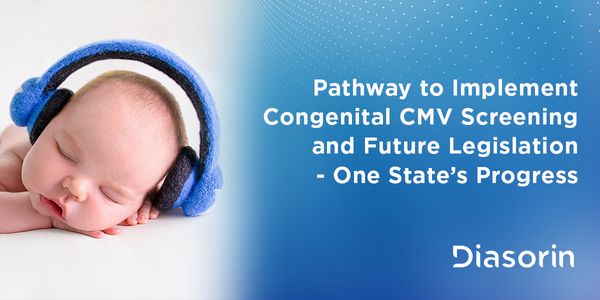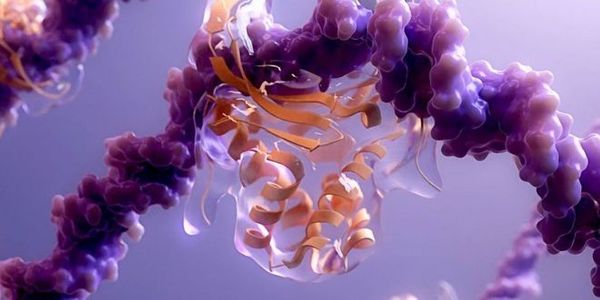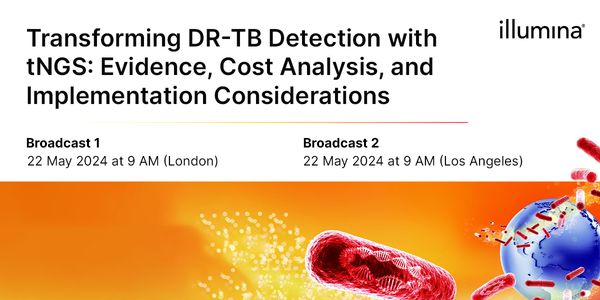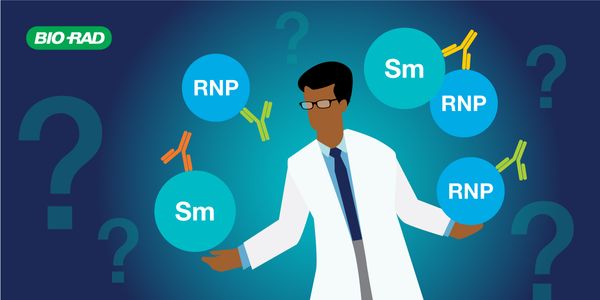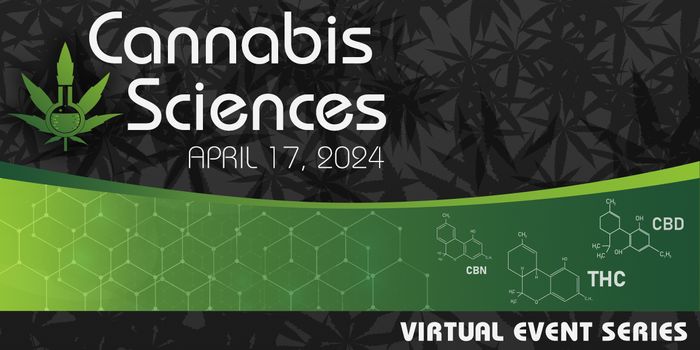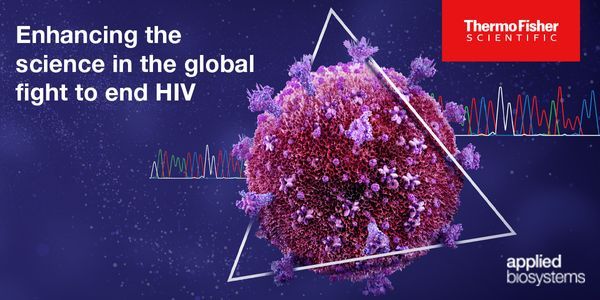Continuing Education Credits
By participating in our virtual events and webinars, you can earn Continuing Education credits. Each event offers different educational credits based on the content of the event and the eligibility of the presentation.
Show More
-
AUG 20, 2024 | 8:00 PMC.E. CREDITSNeural organoids derived from patient-specific iPSC lines can help open doors toward studying human brain development, physiology, and disease progression. The increased cell-cell interacti...
-
JUL 24, 2024 | 11:00 PMC.E. CREDITSSpatial transcriptomics offers a revolutionary approach to understanding the tumor microenvironment (TME) in solid tumors by preserving the spatial context of gene expression, which is cruci...
-
Recently, the American Association of Clinical Chemistry (AACC), now Association of Diagnostics & Laboratory Medicine (ADLM), in collaboration with the American Diabetes Association (ADA...
JUL 10, 2024 | 10:00 AM
C.E. CREDITS
Thyroid abnormalities affect a considerable portion of the population. Globally, there is a large population of people who have undiagnosed thyroid dysfunction or are at risk of developing i...
JUN 27, 2024 | 6:00 AM
C.E. CREDITS
High-resolution spatial transcriptomics stands at the forefront of technological advancements, offering transformative capabilities in the domain of tumor biology research. In this presentat...
JUN 25, 2024 | 9:00 AM
C.E. CREDITS
Cytomegalovirus (CMV) is a ubiquitous infection and congenital CMV (cCMV) infection is the most common non-genetic cause of hearing loss in infants and children. However, most pregnant women...
JUN 12, 2024
| 1:00 PM PDT
C.E. CREDITS
Precision medicine in solid tumors is transforming the testing and treatment of cancer. You can be part of this exciting field by joining our one-day virtual event. Some of the highlights of...
Fine needle aspiration (FNA) plays a vital role in the evaluation of patients with thyroid nodules, in terms of distinguishing benign, non-neoplastic thyroid nodules that may be conservative...
MAY 29, 2024 | 9:00 AM
C.E. CREDITS
Histology laboratorians in the research world move fast, but those who perform cryosectioning know that these particular tissues require lighting speed and precision. Cryosectioning is the a...
MAY 23, 2024 | 10:00 AM
C.E. CREDITS
Precise protein quantification is a crucial step in workflows involving protein extraction, isolation, and analysis. Accurate knowledge of the concentration of your protein sample is essenti...
MAY 22, 2024 | 9:00 AM
C.E. CREDITS
Tuberculosis (TB) remains a leading global infectious disease killer, second only to COVID-191. It is an airborne disease caused by Mycobacterium tuberculosis bacteria and is responsible for...
Prostate cancer is the most common cancer in men and is second most common cause of cancer deaths. Importantly, the annual rates of prostate cancer incidence continue to rise. This session w...
MAY 14, 2024 | 9:00 AM
C.E. CREDITS
Survival rates for patients with high grade serous carcinoma of the ovary (HGSC) have stagnated for the past fifty years. Despite the presence of tumor mutations and infiltration of immune c...
MAY 07, 2024 | 8:00 AM
C.E. CREDITS
Antibodies against ribonucleoprotein (RNP) are an important serologic marker for mixed connective tissue disease (MCTD). RNP interacts with Smith (Sm) proteins to form the Sm/RNP complex. An...
A comprehensive exploration of the latest advancements in the pathology of renal tumors. This one-hour webinar will explore the intricacies of renal tumor pathology, focusing on recent devel...





